Photo: Jo-Anne McArthur \ We Animals Media.
Why do people still support rodeo?
British Columbia is currently in the middle of its annual rodeo season. In Alberta, the Calgary Stampede wrapped up earlier this month with the deadliest rodeo and chuckwagon racing events of the past five years.
On the whole, polling and public discourse demonstrate that people are more aware than ever about the harms rodeo events cause to animals. However, supporters of rodeo continue to use the same arguments to justify these events. In this episode, the VHS’s Amy Morris and Chantelle Archambault break down those arguments and share some ways to respond to them.
Note: This written discussion has been edited for length.
- Rodeo animals are valuable and would not be mistreated
- Rodeo animals are just like athletes in other rough sports
- Rodeo is a valuable part of our western heritage and tradition
- Rodeo animals are big and strong, with thick hides
- The animals are going to be slaughtered anyway
- Chuckwagon horses are retired racehorses that would be killed otherwise
- Rodeo animals are treated like family
- There are welfare standards in place and changes have been made to improve
- Story from the Stampede
- Next episode
Rodeo animals are valuable and would not be mistreated
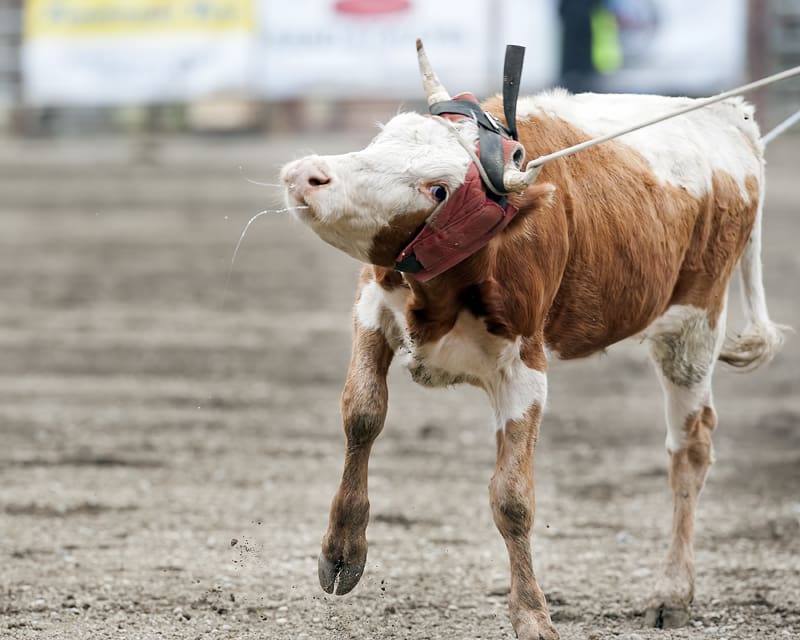
Amy: The first argument we hear is that rodeo animals are valuable, so they would not be mistreated or put at risk because they’re a financial investment.
Chantelle: I think this is really strange logic. Even though we know as allies of animals that their lives have inherent value, the thing that makes them financially valuable to the rodeo industry is that they’re successful in rodeo. There’s inherent risk to those events.
It’s kind of like saying that race car drivers wouldn’t put their valuable race cars at risk in motor racing. Of course they do, because the financial rewards outweigh the risk.
The same is true with pro rodeo. Contestants can win really large cash prizes. The events are generating significant revenue. We saw in this year’s headlines, rodeo contestants were flying in private planes between rodeo venues for a chance to win more money.
It’s very financially motivated.
Amy: Yeah, certainly what we is that there’s sort of a difference in ownership of animals. So there are rodeo contractors who have all of the animals for rodeo. That would be the calves from calf roping, the steers and steer wrestling. And then the bucking animals, both cows and horses.
And so there are contractors who are keeping these animals.
We know that they don’t want the animals to be euthanized because they do want to continue to use them. That said, they also see that as the cost of doing business. And so the amount of animals that end up passing away or being killed in the process of rodeo are built into the cost structure.
And while, of course, no one would want that to happen, there is an understanding in the financial model that they can have a certain number of animals and be able to financially sustain their business. They put a price point at what it costs to have animals at an event that allow for that kind of loss.
The reality is that breeding animals, while it has a cost, can be inherent in the business. So when an animal is lost, it’s not a significant challenge to have a new animal join the team.
Chantelle: I think it’s built into the way that people talk about animals. These animals are called livestock; and stock is a financial asset.
I used to work in retail and it’s very strange to think of animals being considered the same way that items would be considered, where if a piece of stock is spoiled, then you’d write it off in the business model.
But these are animals with lives and feelings.
Rodeo animals are just like athletes in other rough sports
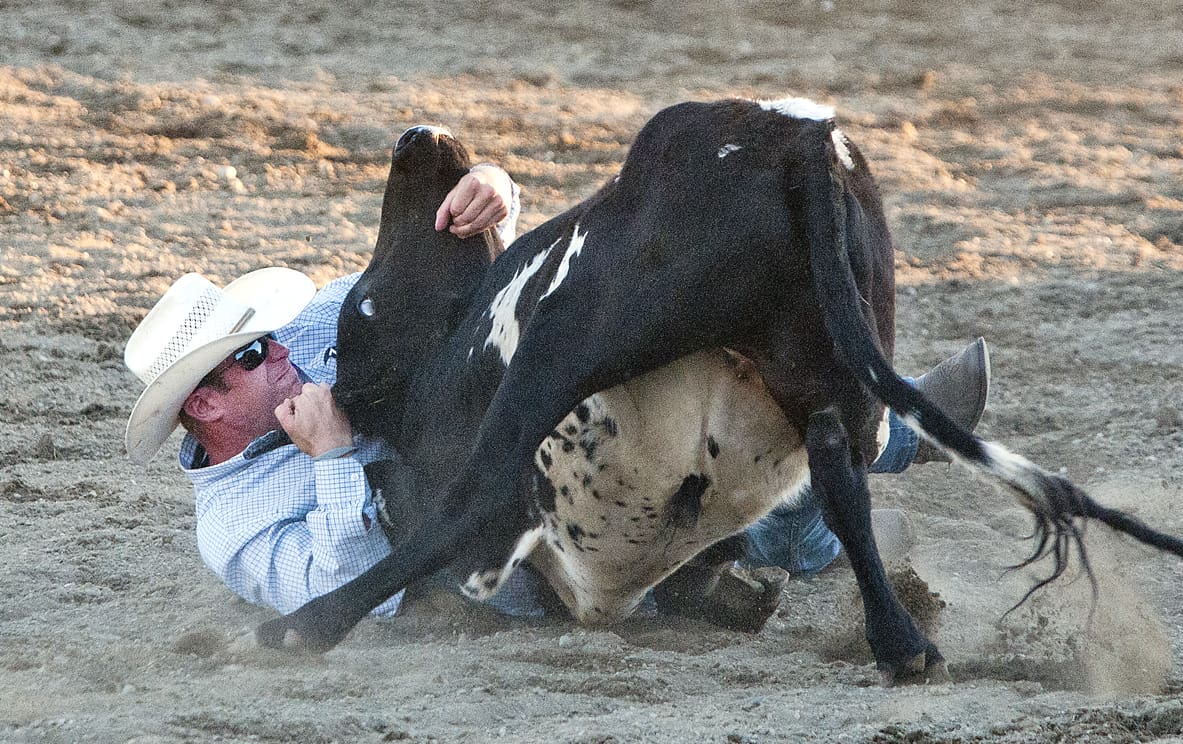
Chantelle: Another argument that we hear is rodeo animals are just like athletes in other rough sports.
And I think that one’s really easy to refute because human athletes choose to be in events. Animals aren’t given choice.
The tools and practices that are used in rodeo are essentially prompting a fight or flight response so that animals flee, they run really fast; or they fight, they buck really aggressively like they would if a predator was jumping on them.
Human athletes don’t have coaches sitting at the starting line twisting their ears. The hurdle jumpers don’t have someone sitting on their back scraping their skin with spurs every time they need to jump.
Supporters will also say that you can’t force an animal that large to do something they don’t want to do.
But we’ve seen what happens when animals try to opt out by standing still instead of bucking or “performing”. The handlers will smack them in the face and then they get further agitated in the chutes.
Many animals will do what it takes to avoid the pain and the stress and the discomfort that they face when they don’t do what’s wanted and expected of them.
Amy: I think this is a really interesting argument as well, because I think there are some animals that are more perceived as athletes and some that are not as much, but they all get grouped together that way.
If you think of the horses in wild pony racing, their entire persona is to be wild, to be trying to get away.
Same with the calves and steers in calf roping and steer wrestling.
And so I think there’s this sort of double standard that exists where they get called athletes, but their job is to be afraid. And it’s important to highlight that because I don’t think a human athlete’s jobs are to be afraid.
When it comes to some of the other activities like barrel racing or chuckwagon racing, I understand how these can be seen more as athletes because it’s comparable in the sense of, humans race, animals race.
And I think that’s where you have to go back and think about what is motivating the animals to race.
Is it that they’re being kept from moving or being active until their racing opportunity? And also is the race meeting their needs, or is it so short that they basically spend the rest of their lives being really bored and having their legs not really conditioned appropriately to their daily needs?
These are the kinds of things that we need to think about when we think about human athletes. They’re able to make choices about what they do outside of the sport.
We don’t see that with animals. Their entire lives are dictated for them and they don’t get to make choices.
Chantelle: I also think that it’s interesting to keep an eye on kind of how announcers and rodeo talk about animals. The announcers will talk about animals as if they’re equal participants and comment on the behaviour of the animals.
They’ll say a bucking horse, if they’re not bucking high enough, is being too nice.
Or they’ll say a calf, if the calf tries to escape from a rope after being roped, is being nasty.
And I think that it’s really interesting how these traits are attributed to animals when so much of what they’re doing is responding to these really terrible things that are happening to them.
Rodeo is a valuable part of our western heritage and tradition
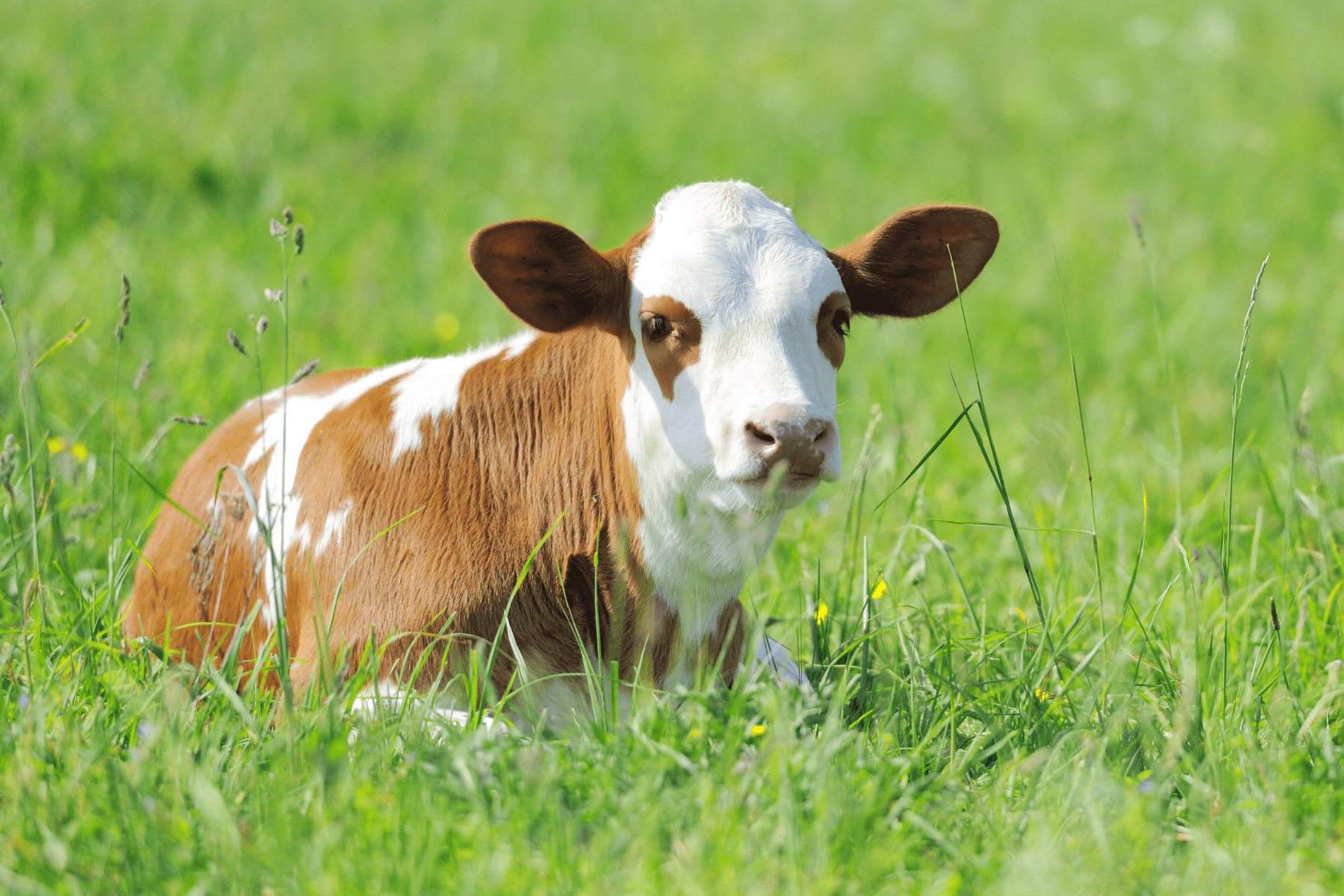
Amy: Another argument that maybe goes along with that is this sense that rodeo is a valuable part of our western heritage and tradition, or rodeo shows what happens on real ranches. What do you think about this one?
Chantelle: Most rodeo events bear little or no resemblance to real ranch practices, historic or modern. There’s no real reason why a cowboy on a ranch would ride a bull. There’s no real reason why a cowboy would want to make a horse buck using a flank strap that’s agitating them.
The key issue that’s different is these rodeo events are timed, whereas real ranch practices are not timed. Timing the events makes them faster. It makes them more stressful and more dangerous to the animals. And the animals are agitated beforehand to make them run as fast as possible into these events.
They’re fundamentally at odds with how we should be handling and treating animals. In fact, they contradict industry requirements and best practices for the handling of farmed animals. The Code of Practice for beef cattle states that quiet handling techniques must be used as a requirement and an abuse of handling is unacceptable.
But we do know through undercover investigations over the years that farmed animals are often put through harms that violate the rules.
And the difference is the animal agriculture industry has gone to great lengths to hide what happens to animals before their bodies make it into the grocery store.
That’s why we see the industry pushing for ag gag laws and industry leaders pushing back against measures that would make sure welfare laws are being followed, like random inspections and video monitoring.
But in rodeo, it all happens in front of an audience and it all happens for “entertainment”.
Amy: Yeah, I think this one’s really interesting because if we think about traditional practices, it’s all about keeping animals calm.
When you have frightened animals, they are harder to work with.
While learned helplessness can play a role, I see that a lot in horse training.
We know that using this definition of tradition is not necessarily meaning that something is good. It’s interesting how sort of this concept of tradition gets equated with what is good, and modern or new practices are kind of meant to be seen as the opposite.
And while there are some traditions that hold meaning and have a lot of beauty for the people who are involved in traditions, the real question that needs to be asked about any tradition is who does it harm and how does it harm?
If the answer is no one, and it doesn’t, then great. A tradition has value.
And if the answer is, Oh, actually there are people and animals that are harmed by this and here’s how that’s happening, what is the onus for maintaining that tradition? And what is the beauty in a heritage that is harmful?
These are hard conversations to have. And certainly I’m sure sharing that can result in some challenging responses, but the bottom line is any tradition that is about care and love for others, that’s a tradition to uphold.
A tradition that is grounded in harm to others, maybe that’s a tradition to let go of.
Chantelle: That’s a really great point, Amy.
I heard a kind of tongue in cheek quote recently that I’m going to paraphrase; it said that tradition is peer pressure from the dead. And it’s silly and it’s goofy, but it’s also kind of true because what is the value in doing something if the only reason to do it is because that’s what’s always been done?
There are lots of things that we have changed because we know better now.
Rodeo animals are big and strong, with thick hides
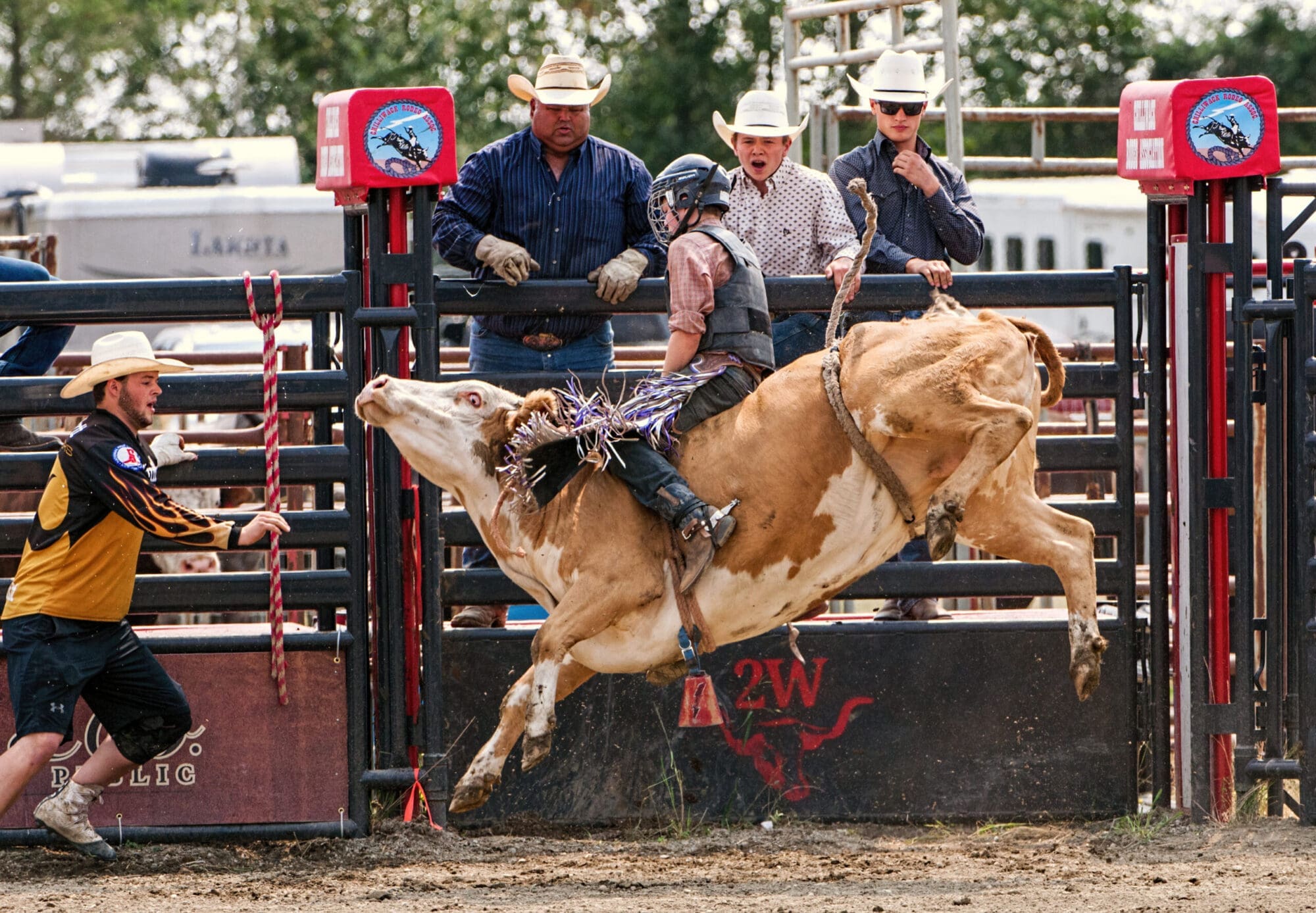
Chantelle: Another argument that we often hear is that rodeo animals are big and strong, and they have thick hides. Or simply, it doesn’t bother them.
Just because an animal is large or has a lot of strength doesn’t mean that they can’t suffer.
The injuries and deaths that we see at many rodeo events from many rodeo animals make it obvious that they experience pain and suffering.
We’ve been tracking deaths at the Calgary Stampede since 1986. It’s a 10 day event out of the whole rodeo season. And just at that single event, there have been at least 109 animal deaths since we started tracking.
Animals’ thick hides might obscure bruising, but they don’t do much to protect animals against things like broken limbs, the pain of tail twisting or spur scraping against their skin.
Injuries like muscle damage can take 48 hours to present. So as an audience member, you might not know if an animal has been injured right in front of you.
Another important point is that, as animal behaviourist Temple Grandin has stated, it’s likely that fear might be more stressful for animals than pain. And fear is what we’re seeing in rodeos again and again.
Amy: Yeah, this is a good point. I think about this time that I was on foot behind a person on a horse with a whip.
And they whipped the whip in the air, really not knowing what they were doing. And the tail of the whip came back and it hit the backside of the horse and immediately lacerated the horse.
And I thought, You know, that’s not thick skin. Yeah, they have fur and we don’t have fur, but their skin is still mammal skin.
What’s below their skin is still that of a mammal. They still bruise. They still have all the harms from like taking a tumble and being dragged a distance and everything that would happen to us if we were wearing maybe a slight protective layer. We would still be bruised and broken.
And as are they.
You can see from the facial expressions that the animals are having a rough time. They are not doing something that’s natural to them. They’re doing something that is scary and that they want away from.
This myth is one that, I tried to believe when it was first told to me.
I really tried it on and considered it and thought, yeah, maybe that’s true. People wear leather when they’re riding motorcycles so they don’t get as bad of road rash and things like that.
But the reality is that, sure, maybe they don’t get as many obvious wounds. But they still are injured and they still are in pain.
The animals are going to be slaughtered anyway
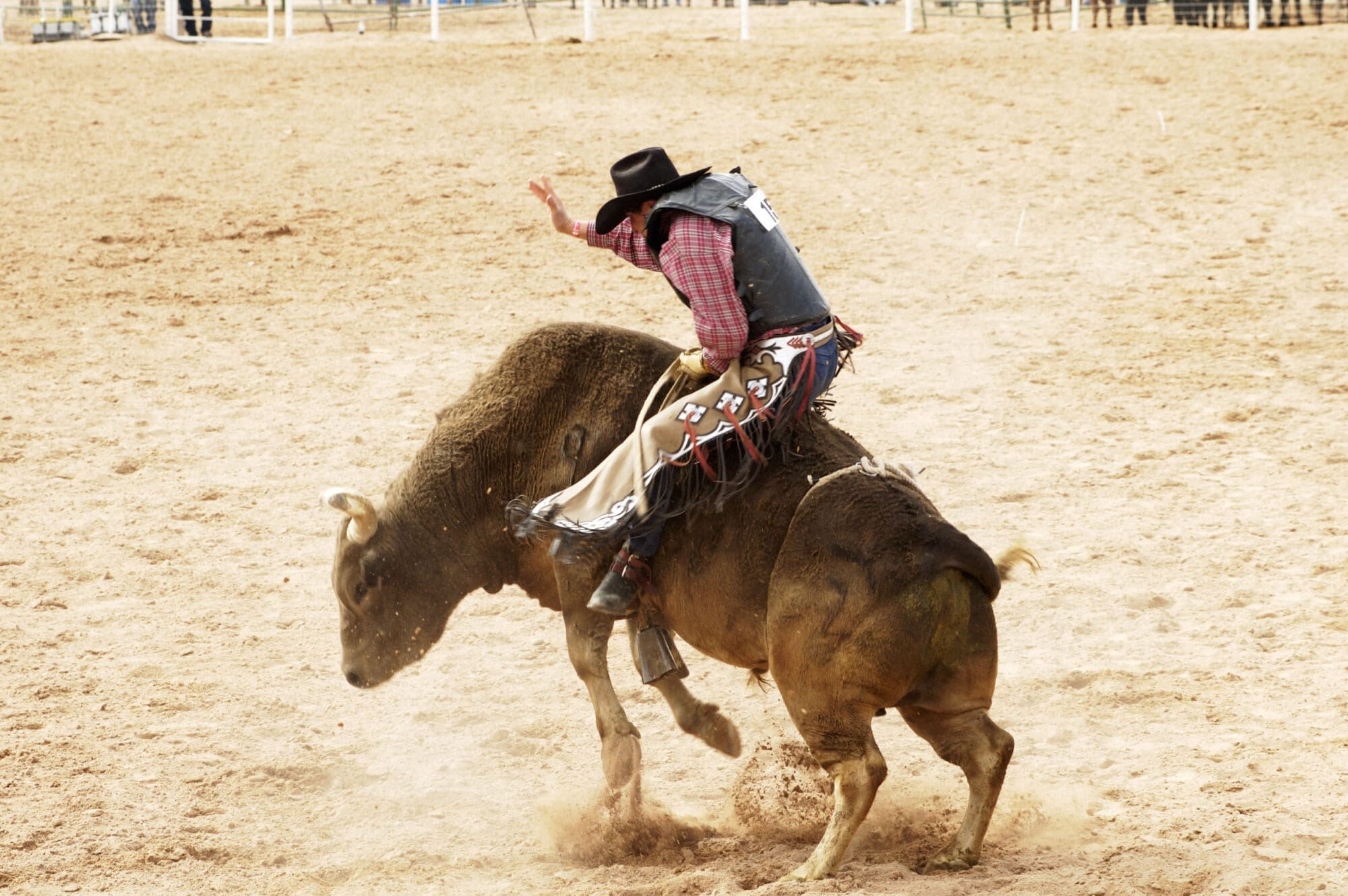
Amy: So the next argument is that some animals are dying, but maybe that’s okay because they’re going to be slaughtered anyway.
Chantelle: The fact that some animals will eventually be slaughtered for food is not a justification for causing them unnecessary fear and stress and discomfort and pain before they’re sent to slaughter.
We have seen farmed animals being pulled off some farms and put into rodeos. That’s not super common. In many cases, animals used in rodeo events are purpose bred by rodeo stock contractors to be used in rodeos.
And even if they will be slaughtered for the food system, an increasing number of people who eat animal products have an expectation that animals will be treated as humanely as possible.
Suffice to say that what we see in rodeos is not in line with how animals should be treated.
Amy: Yeah, I think the other point is that these individual animals are purpose bred for experiencing fear, and they actually wouldn’t be slaughtered otherwise. Maybe that’s the case with a select few, but for the most part, the animals used in rodeo are purpose bred.
And that’s what we have essentially a challenge with, because it seems absurd to purpose breed an animal to subject them to fear over and over in their lifetime, solely for the purpose of entertainment and people making money.
Chuckwagon horses are retired racehorses that would be killed otherwise
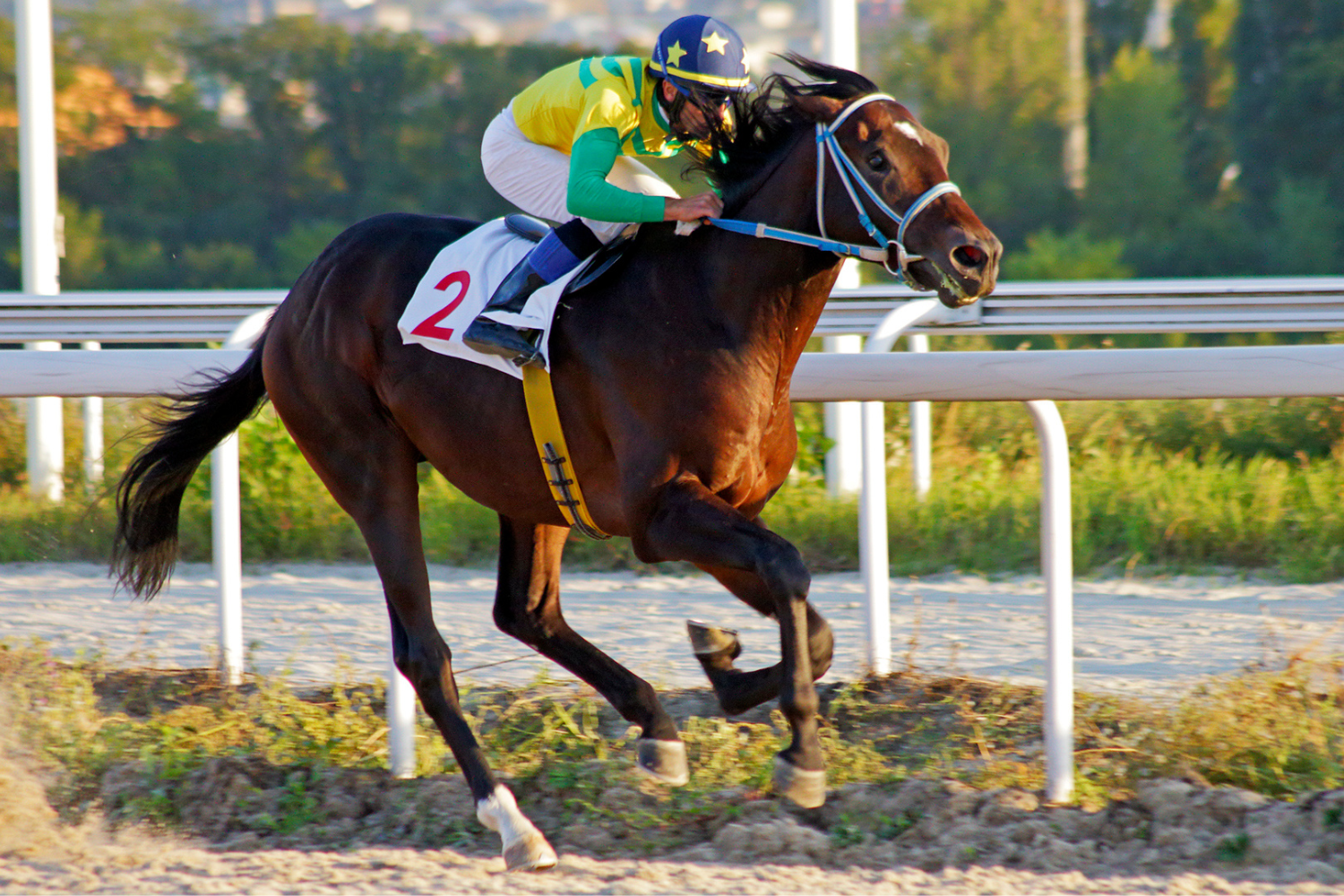
Chantelle: We’re going to pivot a little bit because chuckwagon racing isn’t technically part of rodeo, but it is in the same realm of the use of animals and entertainment at the same kind of events.
So this one is about chuckwagon horses specifically. And a lot of people say that chuckwagon horses are retired race horses that would be killed otherwise.
Amy: What’s the reality on this one, Chantelle?
Chantelle: Chuckwagon horses generally are retired racehorses, but the use of retired racehorses is actually one of the major problems that causes risk to the animals in these events.
It puts animals at risk of leg injuries because thoroughbreds are typically bred for speed, not skeletal strength. This has been pointed out by animal expert Temple Grandin as an ongoing welfare issue.
At this year’s Calgary Stampede, out of 27 teams racing over just 10 days, three horses died. So we’re talking about an extremely high level of risk compared to other sports
Putting horses at that kind of risk after they’ve already been subjected to a risky and stressful racing industry is not the answer.
If the horses are bought from auctions to be raced, we’ve heard from people who operate horse sanctuaries that every horse coming from that environment of the auction is experiencing trauma So it’s just so many different levels of horses being put through stress.
And essentially by buying horses for chuckwagon racing, the industry is providing the option of kind of a dumping ground for horses in the racing industry, so that the industry doesn’t have to take accountability for the animals it breeds.
The racing industry can now make money off of these horses again, rather than having to take accountability for the horses that it has bred.
Rodeo animals are treated like family
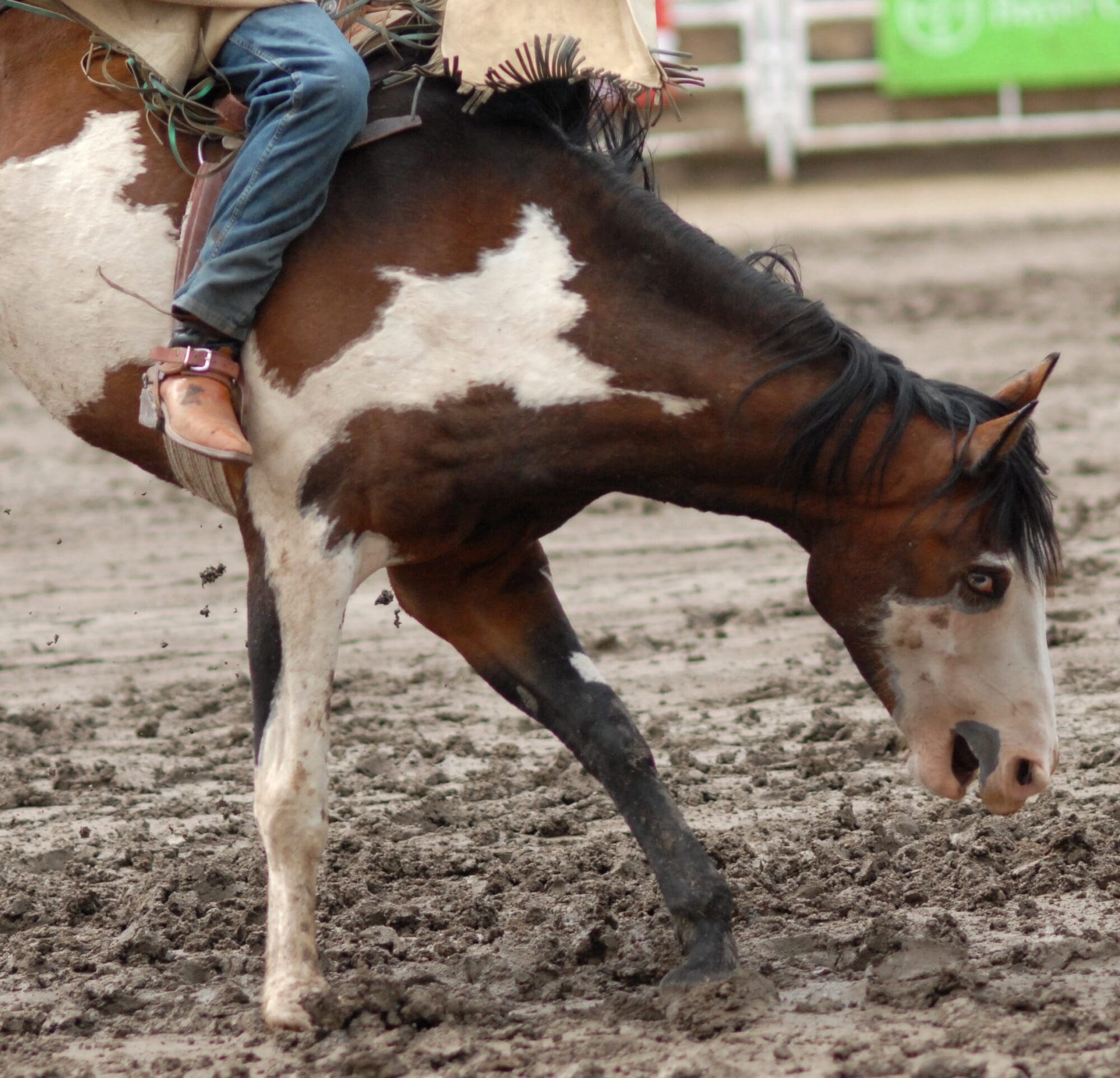
Amy: The next argument is that rodeo animals are treated like family.
Chantelle: I really hope not. I hope that’s not how people are treating their families. I’ve seen so many comments from rodeo supporters in the same comment section saying, yum, veal, when a calf is being roped and showing obvious signs of stress.
These animals are going through really stressful, uncomfortable, painful, risky situations.
Amy: Yeah, this one kind of breaks my heart to be honest.
And I think that’s the way to approach it when people talk about it, is if someone says that, or you see that in a comment, I think it’s an opportunity to say, like, what does that mean? And what does that look like?
There’s a difference between being treated like family as in you give them food and you give them water and you give them a roof over their heads.
Because I think that’s what’s being insinuated here is that they’re given like the “good life”; they’re well taken care of. And then sort of like ignoring the activities that they do or the experience they have in the activities they do.
And so I think having a sort of honest question of, you know, what does family look like?
I think one of the other arguments would come up. Something like animals are athletes or they’re treated well; it’s sort of this like circular logic that comes up when something like this is argued.
If we think about it, probably family is thought about as like the family dog. And it can be that the family dog is given food and given water.
And then the question is, but what is the family dog’s responsibilities? What is their job?
Is their job to be loved on? Is their job to work? What kind of work do they do? Do they enjoy their work?
And so even if the comparison isn’t to a human, it is interesting to talk about, what is work and what does it look like to enjoy your work? And what is athleticism? What does it look like to enjoy your athleticism?
That’s where I think this one can be so hard. It’s easy to be like, whoa, you’re way out of left field.
But then it’s about trying to understand the person and where they’re coming from. And then after gathering that understanding, looking at, okay, what do I want to do?
At the basis, when we have those that we care about, when do we put them intentionally in situations where they are fearful and then we don’t give them support? It starts to fall apart there.
Someone could say, well, my child was really scared when they first learned to ride a bike. They experienced fear. But in that case, you’re there to catch them. You’re there to provide emotional support.
You can have a one on one talk about what they’re doing and why they’re doing it and what their goals are. There’s a process where they’re trying to get from the beginning of something to being fully autonomous and to enjoy an activity.
With rodeo animals, it’s the same thing over and over. There’s no end goal of enjoyment. It’s always going to be fear.
Chantelle: I completely agree. And providing basic necessities of life to an animal doesn’t justify what happens to them in rodeo.
There are welfare standards in place and changes have been made to improve
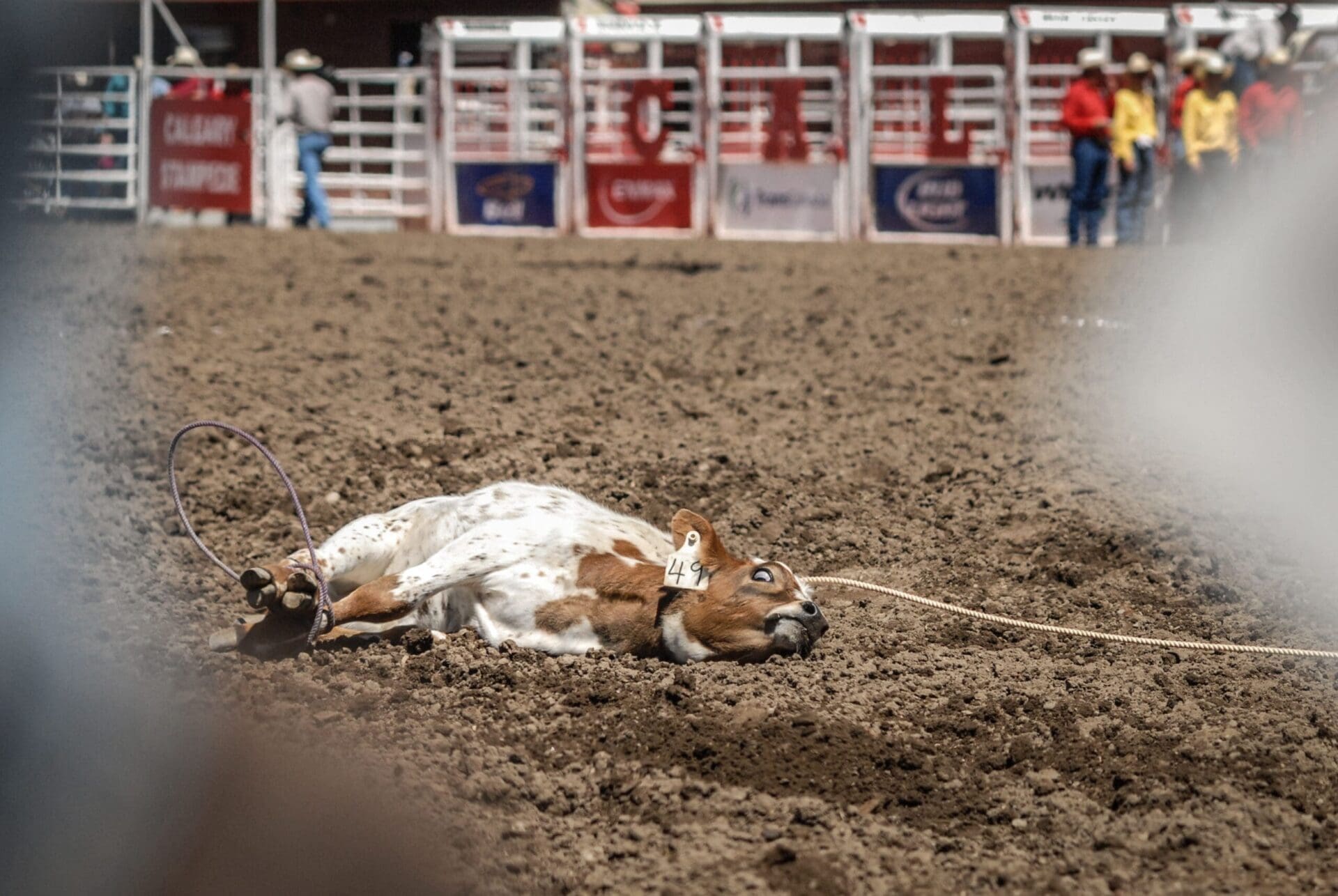
Chantelle: There’s one more argument that we hear; that there are welfare standards in place for animals at rodeos and changes have been made to improve.
Now I think it’s really important to look into that and examine what kinds of changes have been made and what kinds of welfare standards are in place.
First of all, there’s no proactive enforcement at most rodeos.
So if there’s someone violating the rules, it’s up to either people within the industry to monitor each other or an audience member to witness and report it. So not all of those violations are going to be caught.
There was an interview recently on CBC with the WA Ranches director at the University of Calgary, who works with animals used in rodeo, talking about water at the Calgary Stampede and providing animals with water.
Basically, animals used to be transported from the ranches where they’re kept full time to the rodeo in this really high heat summer event. They go through this really rigorous exercise. They were not provided water. They were put back on transport trucks and taken back where they live with no water.
And then somebody said, Hey, why don’t we try giving them water? And lo and behold, they did drink the water. So now the animals are provided water.
And that’s the kind of changes we’re talking about.
When the standard is so low to begin with, even providing basic necessities is an improvement, of course. But you wouldn’t run a soccer game in the middle of summer without having a water bottle at the side of the field.
Giving water animals in the scorching heat of summer when they’re stressed and forced into high activity levels is kind of the minimum.
And even with changes, animals are still experiencing stress, and they’re still experiencing injuries, and they’re still experiencing deaths almost every single year.
Amy: Yeah, this one I find really interesting because the Calgary Stampede rodeo and chuckwagon organizers have really tried to work on what we call public trust. They’ve tried to put out an image of the Stampede rodeo and chuckwagon events as being animal-friendly.
They do have a veterinarian on board. Some things maybe are different, like where electric prods can be used has changed, for example. Some of the types of torture tools have changed, how they’re shaped, how they’re applied.
But what it comes down to is the law, the generally accepted practices of animal management, are developed by industry only. And they get an exemption from the law because of that standard existing.
And so, whatever the rodeo industry says, this is okay, this is how animals are treated, that is the standard.
And so it’s pretty easy to comply with a standard that you created yourself. It’s sort of nearly impossible not to.
But what we’re seeing is that the standards do not line up with the science on what animals need and how animals should be treated.
And that’s where it’s sort of this like discrepancy in wording because it’s easy to say, yeah, we’re meeting all the standards when the reality is that the standards that they’re referring to are not the basic standards of what science says animals need. They are something completely different from that.
We don’t really see a change in the facial expressions, the eye whites, the defecation, the broken limbs, broken legs, broken necks, snapped horns, the legs getting caught in the stalls while they’re waiting to come out.
All these things that happen because animals are stressed and they’re freaking out. That hasn’t changed. We saw that before and we still see that now.
And that’s what we’re looking towards is why are we doing that? And how can we change that?
How do we not see eye whites anymore? How do we not see broken limbs anymore? How do we not see an animal defecate in fear or get their limbs stuck?
Those are the real changes that need to be made for any use of animals.
Chantelle: I think it’s also really interesting to see, similarly to the animal agriculture industry, when there are these minimal changes being made, there’s pushback from the industry.
Going back to the animals are treated like family, if I learned something about cat behaviour that’s, Here’s something that you can do to make your cat much happier, I would want to do that.
But we keep seeing pushback every time there’s a change made that is supposed to be for the safety and welfare of animals.
We saw it a few years ago when the chuckwagon races went down from four wagons on the track to three wagons on the track at the Calgary Stampede. A driver came out and said, this is going to be boring to watch and I don’t want to do it.
So I think it’s very interesting to see what the industry is saying about these changes.
Story from the Stampede
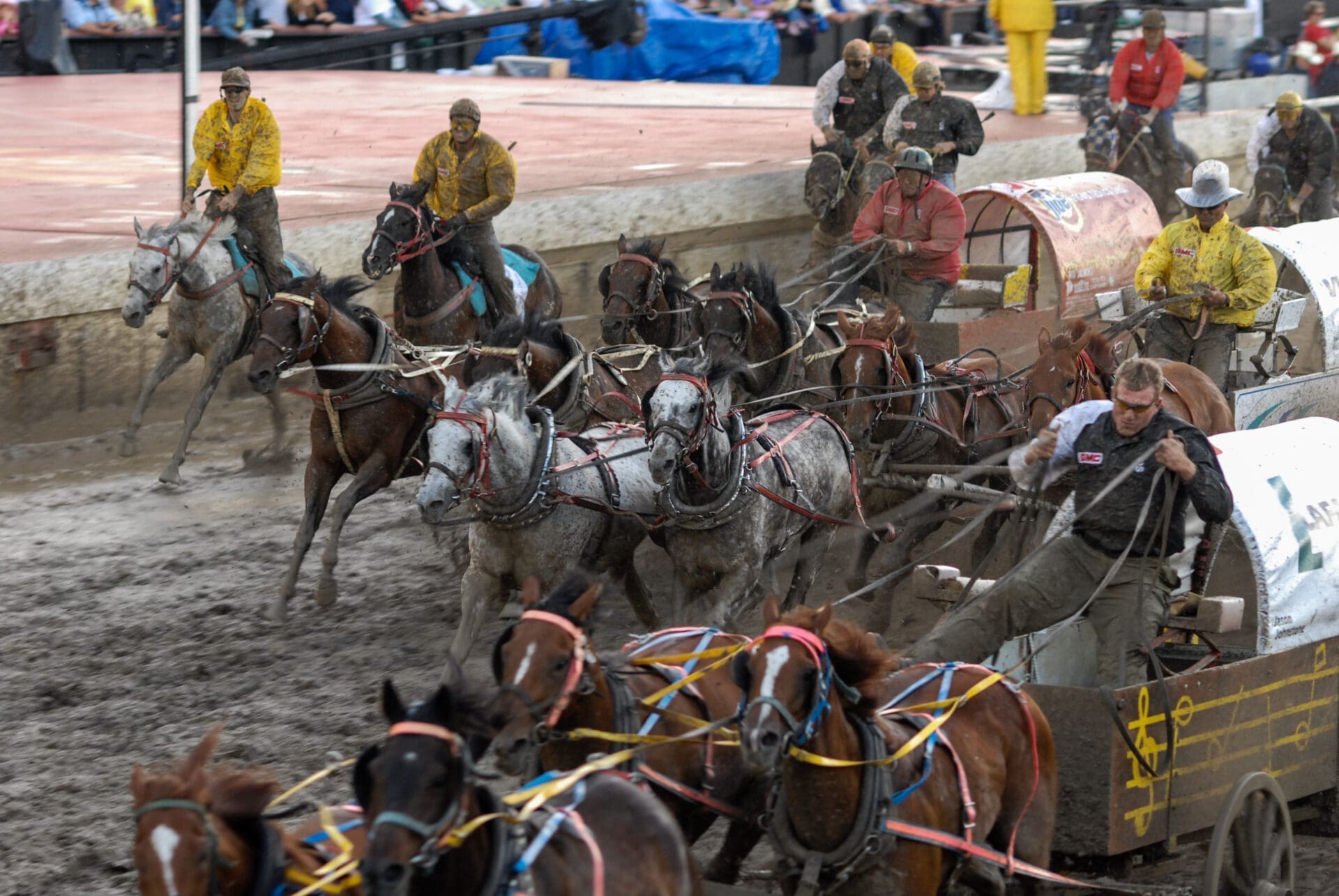
Chantelle: I’m going to finish off by reading a story that someone shared with us.
This is a story from Donna Friend who shared that she had been to the Calgary Stampede when she was younger.
When I was 14 years old, I’m now 79, I saw a horse hobbling on three legs taken out of sight after a truck wagon accident. Then we heard the shot that ended its life. It was awful. I’ve never forgotten it. Don’t try to tell me horses love chuckwagon racing.
And we keep seeing these deaths happening and it’s absolutely devastating every year. I am really hopeful that as people learn more about this, this is going to be something that has a very short shelf life into the future.
Next episode

Please join us next month as we discuss the sucesses, opportunities, and challenges faced by animal shelters and rescues in British Columbia.
